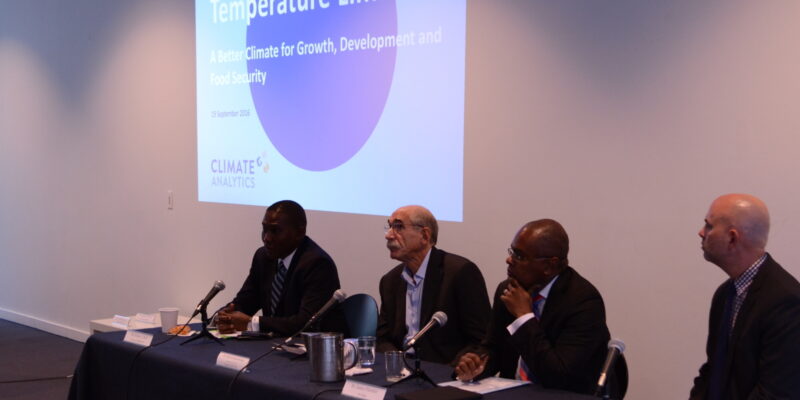Comment
Insights and expert analysis on climate issues.
Share


Green makes the world go round — it’s a saying that’s especially apparent here in the hustle of New York. But when the Empire State Building lit up in green to mark the beginning of Climate Week, it signalled a different kind of rush entirely: the rush to ratify the Paris Agreement and for governments, businesses, NGOs, and citizens from all walks of life to take immediate and decisive action on climate change.

Today the presidents of the world’s two biggest greenhouse gas polluters, China and the US, ratified the Paris Agreement, making the possibility of its entry into force by the end of this year or early next ever more likely.

Last December in Paris, Australia, along with world governments, agreed to keep warming well below 2˚C and to pursue efforts to limit it to 1.5˚C. What does this mean for Australia’s climate policy and decarbonisation? What would the differences in impacts be for Australia between 1.5˚C and 2˚C of warming? We undertook a study for The Climate Institute to examine these points in detail.

Small islands are highly vulnerable to climate change but face severe adaptation constraints. To work towards overcoming some of these constraints, Climate Analytics and partners are initiating an integrated database containing information on climate impact projections, linked to examples of existing adaptation projects and embedded into a vulnerability and impact assessment framework. The database provides a structured overview of success-factors and limitations, piecing together fragmented knowledge and fostering knowledge exchange across regions in order to support science-based adaptation.

